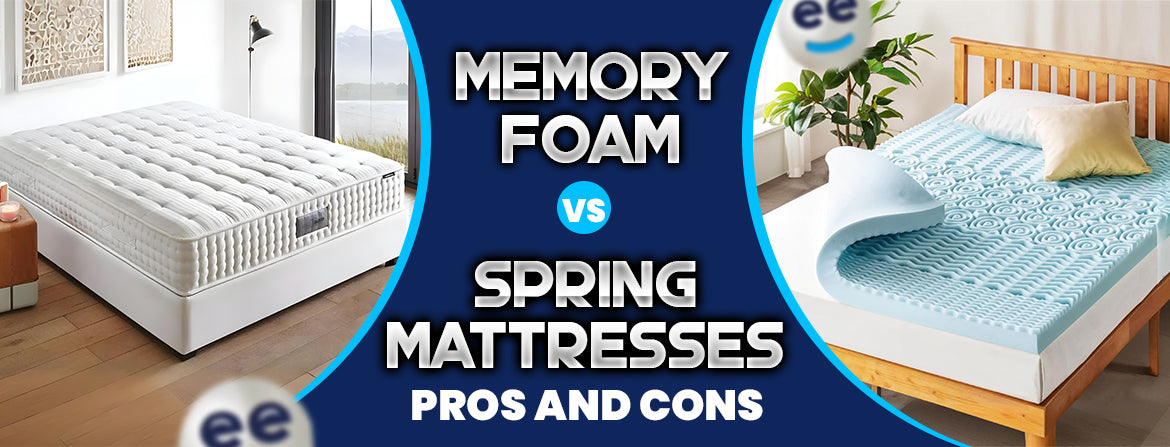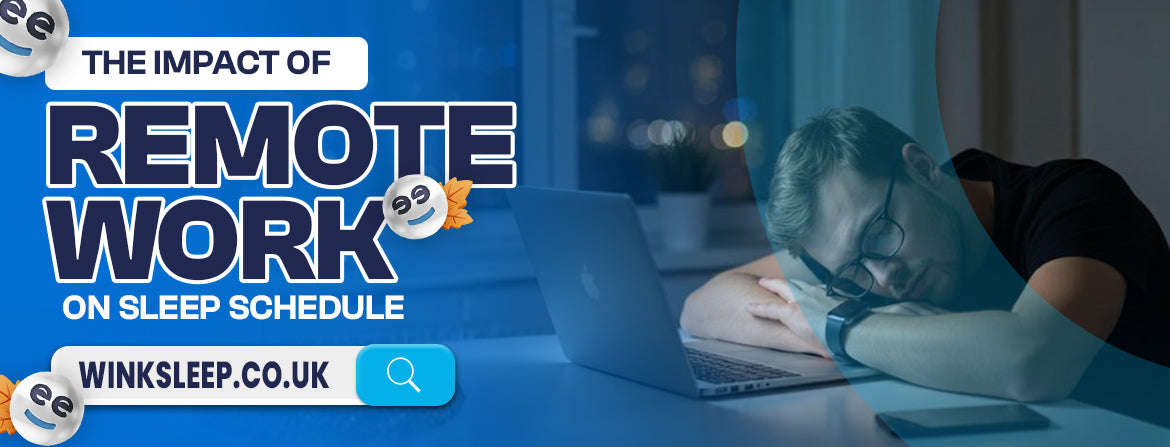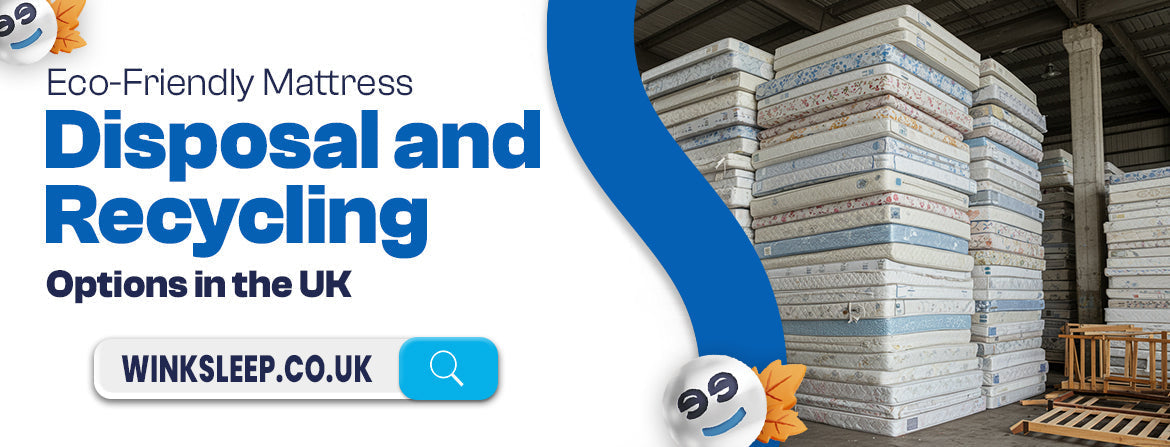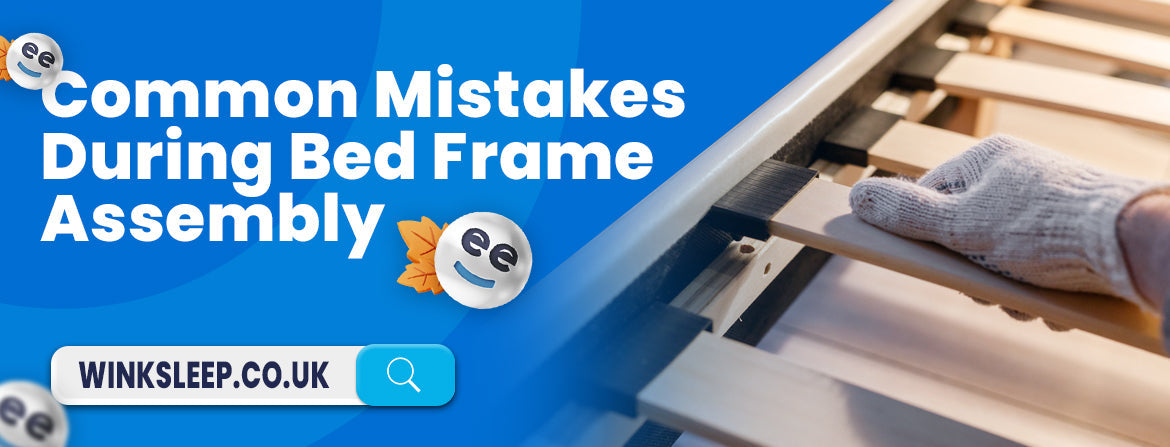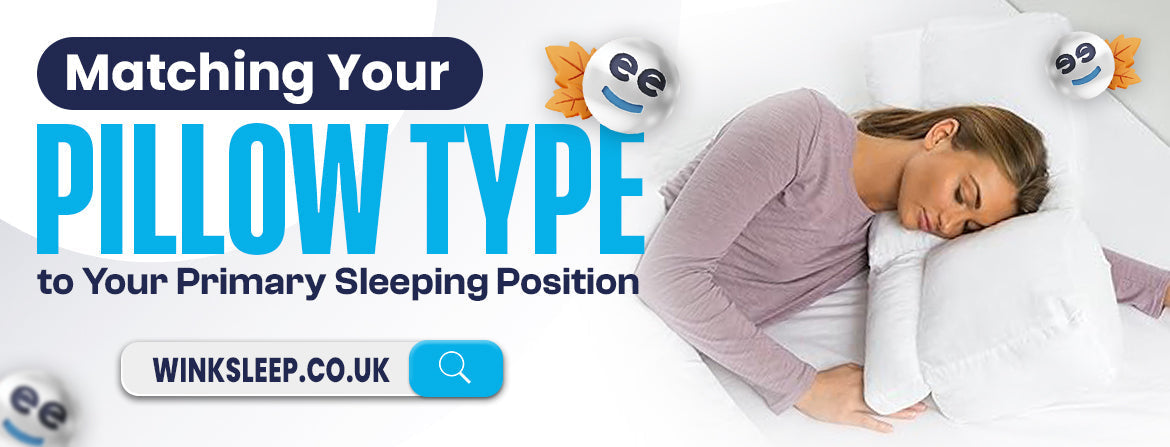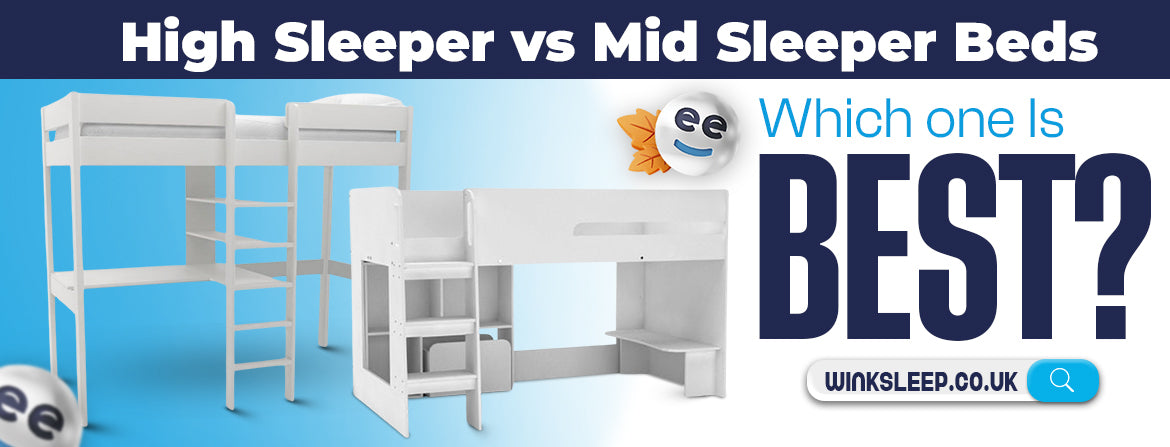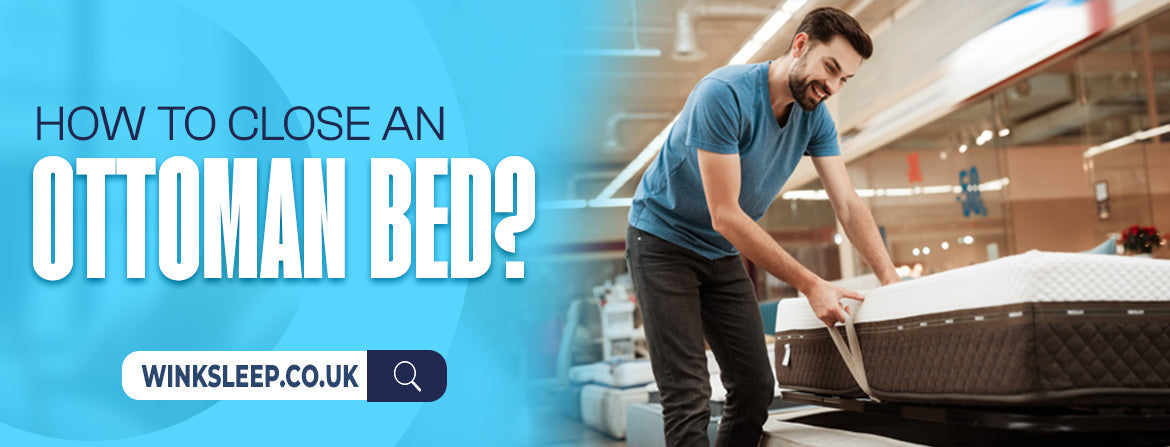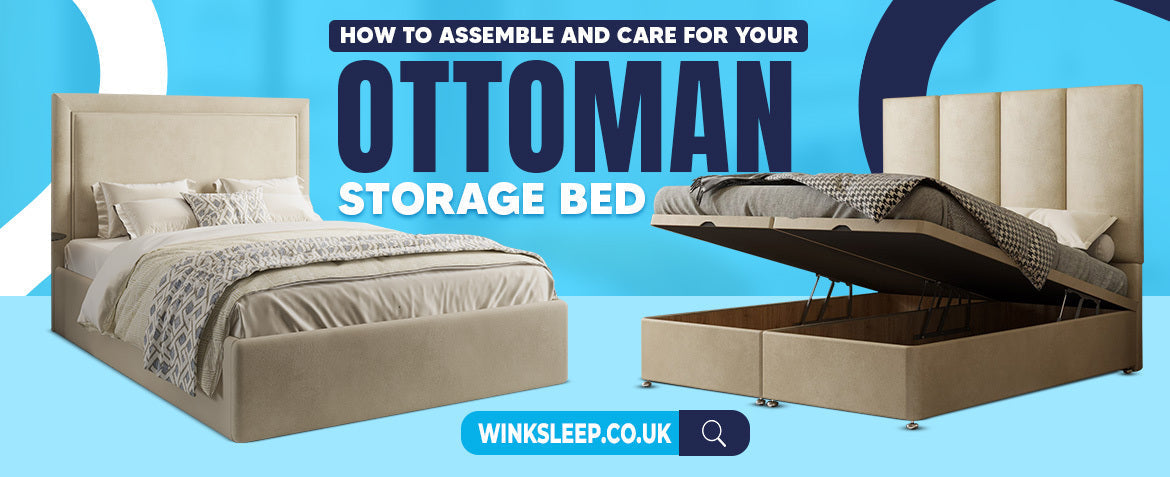Those days are long gone when all mattresses felt the same? Now, walking into a mattress store can feel overwhelming with all the choices - especially when you have to pick between memory foam and traditional spring mattresses.
Choosing between these two isn't just about picking whatever looks nice in the store. The right choice depends on what you like, how you sleep, and your body needs. Before you spend your money on either type, it's worth knowing exactly what you're getting into.
Let’s discuss memory foam and spring mattresses in detail so that you can make the best choice for your sleep.
What Is A Memory Foam Mattress?
A memory foam mattress is like a big, comfortable slab of special foam that moulds to your body when you lie on it. The top layers are usually the soft, squishy memory foam that hugs your body, while the bottom layers are made of firmer foam that gives the mattress its structure and stops you from sinking too deep.
How Memory Foam Works?
When you lie down, your body heat and weight soften the foam and sink in exactly where you're pressing. Then, when you move or get up, the foam slowly returns to its original shape. This is why it's called ‘memory’ foam - it remembers your shape for a short while before bouncing back.
Types of Memory Foam
Today's memory foam comes in several varieties. Traditional memory foam is the classic type that just uses regular foam. Gel-infused foam has tiny gel beads mixed in to help keep you cooler at night. Plant-based memory foam replaces some artificial materials with natural ones and tends to feel fresher and cooler.
What is a Spring Mattress?
A spring mattress is built like a sandwich with several layers. At its core are metal springs or coils covered by padding, foam, and soft fabric layers. The springs do the heavy lifting of supporting your body, while the padding makes everything comfortable.
Different Types of Spring Systems
Spring mattresses are categorised based on the following spring systems:
Pocket coils: These are individual springs, each wrapped in a little fabric pocket. They work independently, so only the springs directly under you respond when you move.
Bonnel Coils: Traditional Bonnell coils look like hourglasses and are all connected - they're the most common and least expensive type.
Continuous Coils: These are made from a single piece of wire bent into many springs, making the mattress very durable.
Modern Hybrid Options
Today's spring mattresses often combine the best of both worlds. Many now include memory foam or latex layers on top of the springs. This gives you the bouncy support of springs with the cushy comfort of foam.
What Are The Pros Of Memory Foam?
Let's look at all the good things about memory foam mattresses. These benefits help explain why so many people have fallen in love with this modern mattress style!
- Excellent Pressure Point Relief: When you lie on memory foam, your body weight is spread evenly across the surface. This means no more uncomfortable pressure on your shoulders, hips, or other body parts that typically press harder into the mattress.
- Motion Isolation: Memory foam is your friend if your partner tosses and turns at night. The foam absorbs movement instead of transferring it across the bed.
- Conforming Support: Memory foam moulds precisely to your body shape, filling natural gaps like your lower back. This means your spine stays properly aligned while you sleep.
- Durability: A good memory foam mattress can last 8-10 years without losing its supportive qualities. Because there are no springs to wear out or break, these mattresses keep their shape and supportiveness for many years.
- Suitable for Side Sleepers: Side sleepers often love memory foam because it lets their shoulders and hips sink in just the right amount. The foam cradles these pressure points while keeping the rest of the body aligned.
What Are The Cons of Memory Foam?
While memory foam mattresses are popular, they're not perfect for everyone, and it's important to know what challenges you might face!
- Heat Retention: Memory foam traps body heat, which can make you feel uncomfortably warm during the night.
- Initial Off-gassing Odour: When you first unpack a memory foam mattress, you might notice a chemical smell. While it's usually harmless and goes away in a few days to a few weeks.
- Slower Response Time: Memory foam takes a few seconds to adjust when moving around. This slow response time means you might feel like you're struggling against the mattress when you change positions.
- Higher Cost: Quality memory foam mattresses usually cost more than traditional spring mattresses. While prices have decreased over the years, you might need to spend more to get a good one.
What Are The Pros Of Spring Mattress?
For good reasons, spring mattresses have stood the test of time, and many still prefer them over newer options!
- Better Airflow and Cooling: The spaces between springs create natural air channels throughout the mattress. This design helps heat escape and fresh air circulate, keeping you cooler at night.
- Bouncy Feel: Spring mattresses have a natural bounce that many people love. This springiness makes it easier to change positions and get out of bed.
- Generally Less Expensive: Traditional spring mattresses usually cost less than memory foam options. You can often find a quality spring mattress for a lower price.
- Better Edge Support: Spring mattresses typically have reinforced edges that maintain shape when you sit or lie near the side of the bed. This means you can use the entire mattress surface without feeling like you might roll off.
- Good for Back and Stomach Sleepers: Spring mattresses often provide firm, consistent support for back and stomach sleepers. These mattresses keep your body level, which helps maintain proper spine alignment.
Cons Of Spring Mattress
Although spring mattress offers many perks, there are still some drawbacks that you should be aware of before making a final decision.
- Motion Transfer: When someone moves on a spring mattress, the movement often travels across the bed. Unless you have a pocket-coil design, you might feel every toss and turn your partner makes.
- Pressure Points: Spring mattresses don't always distribute weight evenly, which can create uncomfortable pressure points where the body presses against the coils.
- Noisy Over Time: As springs age, they can start to squeak or make noise when you move. This happens as the metal coils wear down and rub against each other.
Which Mattress Should You Choose?
Choose Memory Foam: If you have a partner who moves at night or hates feeling their movements. Memory foam is also perfect for joint pain or pressure point issues. It's the right choice for side sleepers who need extra cushioning for shoulders and hips.
Choose Springs: If You sleep hot or need a cooler surface. Spring mattresses are great if you're on a budget or prefer a bouncy, more responsive feel. They're also better if you move around during sleep or have trouble getting out of bed from very soft surfaces.
Final Thoughts
Your mattress matters a lot in determining the quality of your sleep. The selection between memory foam and spring mattresses is highly personal. Consider your unique needs, sleeping style, and budget. Identify the primary issues with your current mattress – overheating, excessive bounce, or insufficient support.
The ‘perfect’ mattress is subjective and depends on your individual preferences. Evaluate your sleep position, no matter you sleep alone or with a partner, and any specific comfort needs you may have. Investing in a good mattress is an investment in your health and well-being.
FAQs
What is the biggest advantage of memory foam mattresses?
Memory foam mattresses adjust to your body shape, relieving pressure and reducing motion transfer.
What is the biggest disadvantage of memory foam mattresses?
Memory foam mattresses can trap heat, making them feel hot for some sleepers.
Which type of mattress is better for back pain?
Both types can be good for back pain. Memory foam excels at pressure relief, while some spring mattresses offer excellent support.
Which type of mattress is more durable?
Spring mattresses generally have a longer lifespan than memory foam mattresses.
How do I choose between memory foam and spring mattresses?
Consider your sleeping position, temperature preferences, budget, and health concerns.
 Build Your Bed
Build Your Bed
 Request FREE Swatches
Request FREE Swatches
 Fast Delivery on Every Product
Fast Delivery on Every Product  Klarna 0% Finance
Klarna 0% Finance  5 Year Manufacturer's Guarantee
5 Year Manufacturer's Guarantee 